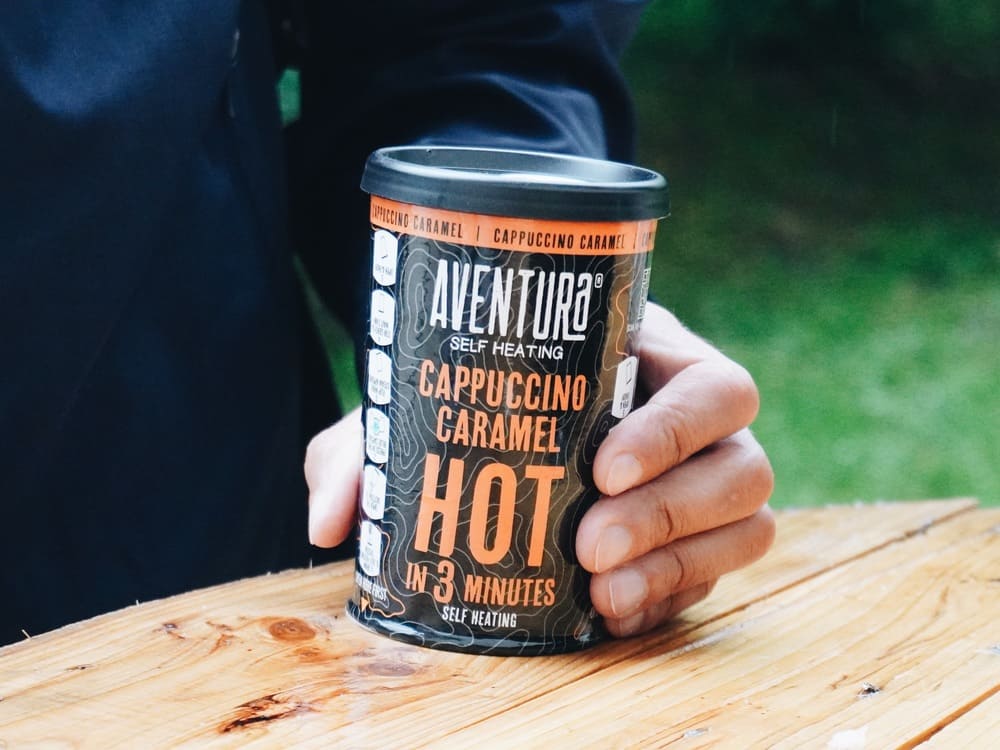In today’s fast-paced world, self heating cans are revolutionizing the way we enjoy hot drinks and meals anytime, anywhere. Whether you’re on a camping trip, at work, or simply in need of a hot meal without a stove or microwave, these innovative cans offer a convenient and portable solution.
This article explores everything you need to know about self heating cans, including how they work, their benefits, top brands, and potential drawbacks.
What Are Self Heating Cans?
A self-heating can is a portable container that heats its contents without the need for external heat sources like a stove or microwave. These cans are commonly used for coffee, tea, soups, and ready-to-eat meals, making them ideal for travelers, outdoor enthusiasts, and emergency situations.
How Do Self Heating Cans Work?
Self-heating cans contain two main compartments:
- The Inner Chamber – Holds the drink or food.The Outer Chamber – Contains a heating element, usually quicklime (calcium oxide) and water.
When activated (usually by pressing a button or twisting the base), water mixes with quicklime, creating an exothermic reaction that generates heat and warms the contents within minutes.
Benefits of Self Heating Cans
Convenience & Portability
- No need for electricity, fire, or kitchen appliances.
- Ideal for traveling, hiking, camping, and outdoor activities.
Quick & Easy to Use
- Heats up in 3-5 minutes.
- Simple activation process with a button or twist mechanism.
Great for Emergency Preparedness
- Useful during power outages, disasters, or survival situations.
- Included in military rations, emergency kits, and outdoor gear.
Eco-Friendly Options Available
- Some brands use biodegradable materials and recyclable components.
Popular Self-Heating Can Products
Hot-Can Coffee
- Pre-mixed coffee (black, cappuccino, or latte) in a self-heating can.
- Heat up to 50-60°C (122-140°F) in just 3 minutes.
HeatGenie Self-Heating Cans
- Uses solid-state thermal energy for safe and efficient heating.
- Ideal for soups, coffee, and instant meals.
Fast Drinks Self-Heating Beverages
- Offers a variety of hot drinks, including tea and hot chocolate.
Hot-Can Soups
- Ready-to-eat soups and broths that warm up in minutes.
Potential Drawbacks of Self-Heating Cans
- Limited Reusability – Most self-heating cans are single-use, leading to waste.Higher Cost – More expensive than regular canned foods.Heating Time & Temperature – While effective, they may not reach boiling temperatures needed for some meals.Environmental Concerns – Some heating components are difficult to recycle.
Best Uses for Self-Heating Cans
- Camping & Hiking – Enjoy hot meals and drinks without carrying extra cooking gear.Travel & Road Trips – Perfect for long drives when stopping isn’t an option.Work & Office – Great for quick breaks without needing a microwave.Disaster & Emergency Kits – A must-have for emergency preparedness.
Conclusion
Self-heating cans are a game-changer for people on the go, offering a quick, convenient, and portable solution for enjoying hot drinks and meals. Whether you’re traveling, camping, or preparing for emergencies, these innovative cans make life easier.
Would you try a self-heating can? Let us know in the comments!
FAQs
1. How long does it take for a self-heating can to warm up?
Most self-heating cans heat up within 3-5 minutes, depending on the brand and contents.
2. Are self-heating cans reusable?
No, most self-heating cans are single-use, but some brands are working on recyclable and reusable options.
3. How hot do self-heating cans get?
They typically reach 50-60°C (122-140°F), which is warm enough for most drinks and meals.
4. Are self-heating cans safe to use?
Yes! They are designed with non-toxic heating elements and safety mechanisms to prevent overheating.
5. Where can I buy self-heating cans?
They are available online on Amazon, outdoor gear stores, and specialty food retailers.

